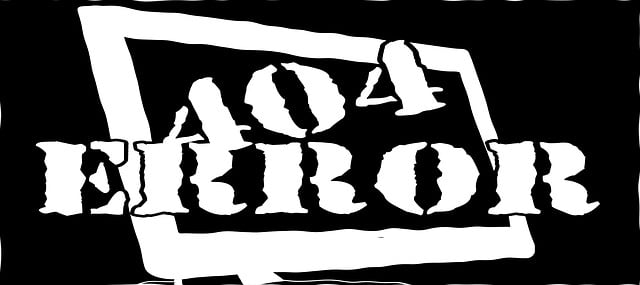Startups often fall into costly mistakes in equipment financing due to a lack of balance between short-term needs and long-term planning, impulsive purchases, and limited exploration of financing options. Avoiding these pitfalls requires thorough research, expert consultation, and strategic decision-making. Key tactics include proactive planning, open communication with lenders, flexible approaches, and transparent relationships to ensure successful navigation of equipment financing obstacles and mitigate costly mistakes.
Equipment financing is a powerful tool for businesses, yet navigating its complexities can present significant challenges. This article explores common obstacles that often lead to costly mistakes in equipment financing and offers practical strategies to overcome them. From understanding initial costs to implementing sustainable financing plans, these insights empower businesses to make informed decisions, avoid financial pitfalls, and achieve long-term success in their equipment acquisition journeys.
- Identifying Costly Mistakes in Equipment Financing
- Strategies to Overcome Common Obstacles
- Best Practices for Long-Term Success in Equipment Financing
Identifying Costly Mistakes in Equipment Financing

Many businesses, especially startups, often make costly mistakes when it comes to equipment financing. One of the most prevalent is failing to assess their long-term financial needs versus immediate acquisition costs. Equipment financing should align with strategic goals and future growth prospects; impulsive purchases can lead to unnecessary strain on cash flow. Moreover, neglecting to explore various financing options available in the market can result in suboptimal choices and higher interest rates.
Another common pitfall is inadequate understanding of lease vs. purchase agreements. Each has unique implications for tax treatment, maintenance responsibilities, and flexibility to upgrade or replace equipment. Misjudging these factors might lead to unexpected financial burdens or limitations that hinder operational efficiency. Businesses should thoroughly research and consult experts to avoid these costly mistakes, ensuring a well-informed decision-making process in equipment financing.
Strategies to Overcome Common Obstacles

Overcoming common obstacles in equipment financing can help businesses avoid costly mistakes and ensure a smoother process. One effective strategy is thorough planning and research. Before securing funding, thoroughly assess your business needs, budget constraints, and the financial health of your organization. This preparation allows for more accurate budgeting and minimizes the risk of overspending.
Additionally, maintaining open communication with financing providers is vital. Be transparent about your business goals, repayment capabilities, and any potential challenges you anticipate. Many lenders appreciate honesty and are willing to offer tailored solutions or flexible terms to support your venture. By addressing these obstacles proactively, businesses can navigate equipment financing with greater confidence, ultimately securing the resources needed for growth and success.
Best Practices for Long-Term Success in Equipment Financing

To ensure long-term success in equipment financing, businesses should avoid some common pitfalls and adopt best practices. One major mistake to steer clear of is insufficient due diligence. Thoroughly evaluating potential borrowers, their financial health, and ability to repay loans is vital. This includes assessing their creditworthiness, cash flow patterns, and industry trends, which can help predict future performance and mitigate default risks. Neglecting this step often leads to costly mistakes and losses for lenders.
Another key practice is maintaining a flexible and adaptable approach. The equipment financing landscape can be dynamic, with market fluctuations affecting borrower demand and repayment capabilities. Lenders who stay agile, offering customized solutions and adjusting terms as needed, are better positioned to weather economic shifts. Regular communication and transparent relationships with borrowers also foster trust and encourage open dialogue when challenges arise, allowing for timely interventions to overcome obstacles and ensure loan continuity.






